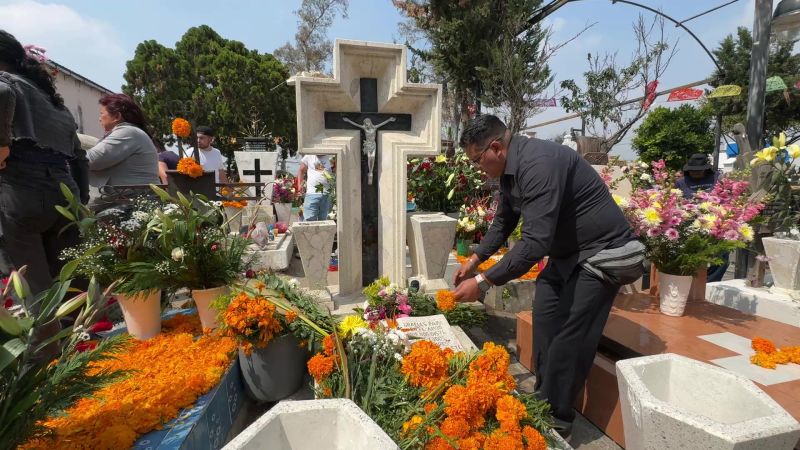San Andrés Mixquic, Mexico —
The route from the land of the dead to San Andrés Mixquic, a little town just outside Mexico City, is lined with marigolds. Ángel Jiménez del Aguila, who died in 2010, need only follow the trail of flower petals, the scent of smoldering copal and the rhythm of danzón music to find his old front door, where his wife and children wait for him.
According to Mexican tradition, every year, the door between the world of the living and the dead swings open on the first two days of November. This is Día de los Muertos, the Day of the Dead.
Often mischaracterized as a Mexican version of Halloween, the Day of the Dead is many things depending on whom you ask.
It’s a festival to remember departed relatives, a celebration of Mexican-ness, an ancient holiday with roots in the Aztec Empire, a not-so-ancient Mexican spin on All Saint’s Day, the setting for Disney’s “Coco” – or all the above.
“It is an act of faith, of love, of peace,” says Martha Nashieli Jiménez Bernal, Ángel’s daughter. For her, above all, the Day of the Dead is “a magical moment where life and death come together.”
“It’s 12 o’clock, welcome dad!” Martha says, waving a smoking censer back and forth over the golden flowers that snake from the garden gate into the parlor of her childhood home.
Continue Reading on CNN
This preview shows approximately 15% of the article. Read the full story on the publisher's website to support quality journalism.
